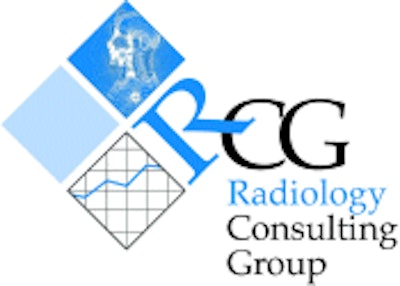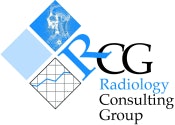
AuntMinnie.com is pleased to present the third in an ongoing series of practice management articles contributed by the Radiology Consulting Group in Boston. This twice-monthly series addresses issues of concern to radiology administrators and business managers.
By Pamela Harlem, senior consultant
Radiology Consulting Group

In the book Making Customer Satisfaction Happen: A Strategy for Delighting Customers (Kluwer Academic Publishing, Norwell, MA, 1994), Roderick McNealy notes that "organizations rated high in customer service by their customers enjoyed a 7% price premium to competition, were more profitable, and were gaining market share over those rated low in customer satisfaction."
McNealy also found that shortcomings in customer service are responsible for 68% of customer attrition. The evidence in McNealy’s book may not be specific to healthcare, or even radiology, but the principle makes sense: Keeping patients happy is a key component in ensuring a robust radiology practice and a competitive edge.
So what makes a patient happy? According to Melanie Cassanas at Boston-based Partners Healthcare’s customer service department, there are three characteristics of a satisfying patient experience: respect, access, and education. Specifically, this means recognizing the patient as an individual, offering timely appointments, easy telephone access to the staff, comprehensible answers to patient questions, and clear instructions.
Understanding patient expectations
The nature of the practice of radiology presents unique challenges for satisfying patient expectations. Why? First, the essence of the service being provided -- accurate readings of exams -- is not overtly evident to patients, as they typically do not interact with the radiologist.
Second, the standard methods of operational planning to reduce patient wait times are not relevant to the practice of radiology. This is due to the variability of exam length, as well as the inability to preschedule exams in some high-volume modalities.
The third challenge to patient satisfaction in radiology is billing. Patients often become frustrated by the problems that can occur as a result of the separate billing process for radiological exams.
Fourth, the radiology practice cannot control the patient’s experience -- good or bad -- with the referring practice. Finally, patients are referred to a radiology practice because they are ill or there is a concern about a potential illness. This heightened concern, nervousness, and probable lack of familiarity with the radiology environment means that patients will have even greater expectations of quality service. For these reasons, radiology practices need to be both proactive and innovative in improving patient satisfaction.
Service tools
Service metrics are key indicators of service that can be quantified, such as "wait to next available appointment" or "service time," commonly defined as all of the time between a patient's arrival and checkout. ("Key indicator" means that it must have relevance to the referring physicians and the patients.) In radiology, the appropriate use of technology can make capturing this information fairly effortless.
Collecting the data, however, is not nearly as effective as disseminating the findings. At Massachusetts General Hospital (MGH) in Boston, the service metrics for a modality are posted in its clinical area, visible to both staff and patients. Do patients stop to read these charts? Absolutely! Posting the charts also gives staff ownership over their own performance.
When service metrics were first instituted a few years ago, a great deal of time was spent defining metrics that were relevant to the patient experience. The staff was then educated about the purpose of the metrics, and how their work can foster patient satisfaction.
Through the use of service metrics, areas for improvement provided the insight needed to develop solutions. The results were encouraging. In the ambulatory care center, for example, new systems were identified that significantly reduced both patient and report throughput times.
In addition to using service metrics, the radiology department at MGH recently formed a customer service council. Its mission is to satisfy patients’ wants and needs by creating an atmosphere in which they feel they have received the best possible care. The council is not limited to examining only the patient as customer -- its mission also includes referring clinicians, support services, and inter- and intra-departmental customers.
The council’s plan includes developing and administering a patient survey. It will track changes in patient satisfaction and use the results to undertake operational changes. An important guideline for prioritizing service-improvement initiatives is to link them to revenue enhancement or cost-reduction efforts whenever possible.
Another source of service improvement initiatives is an employee incentive program. Frequently, employees have ideas for improving service, but the ideas are not disseminated. A formal structure, with incentives for improving service, is one kind of motivation for generating change. Such a program not only provides a material benefit to employees for their ideas, but also heightens their consciousness on what quality patient care can be.
A patient satisfaction survey can also yield performance-improvement data. In and of themselves, satisfaction surveys may not give a full picture of the patient experience, but they are a valuable means of acquiring feedback. Whatever choices your organization makes to improve patient satisfaction, they need to accurately reflect patients’ needs, tie into revenue enhancement or cost savings, and be easily sustainable over time.
Pamela HarlemAuntMinnie.com contributing writer
May 17, 2001
Related Reading
What's up D.O.C? Non-PACS innovations in radiology, April 30, 2001
Click here to post your comments about this story. Please include the headline of the article in your message.
Copyright © 2001 AuntMinnie.com

















